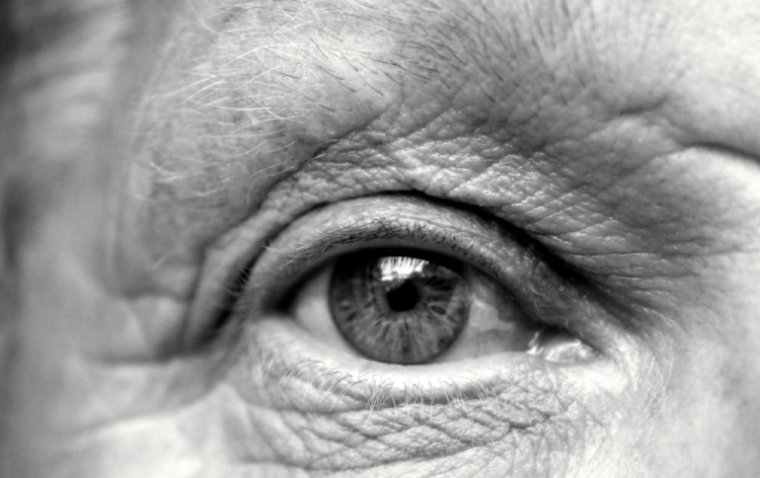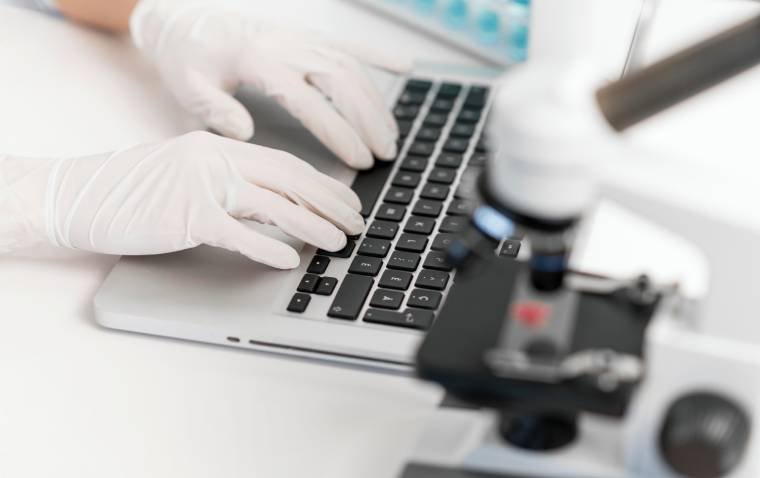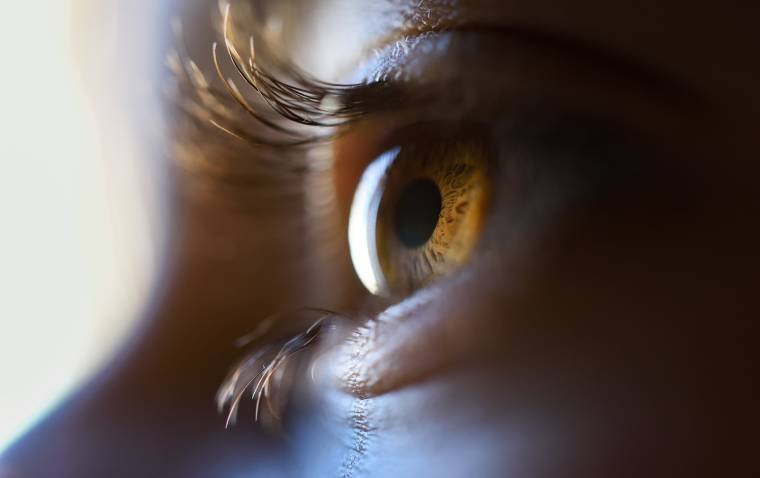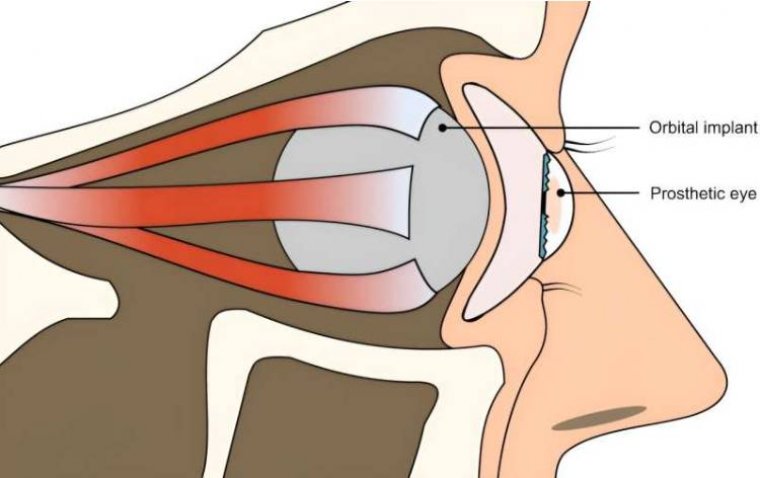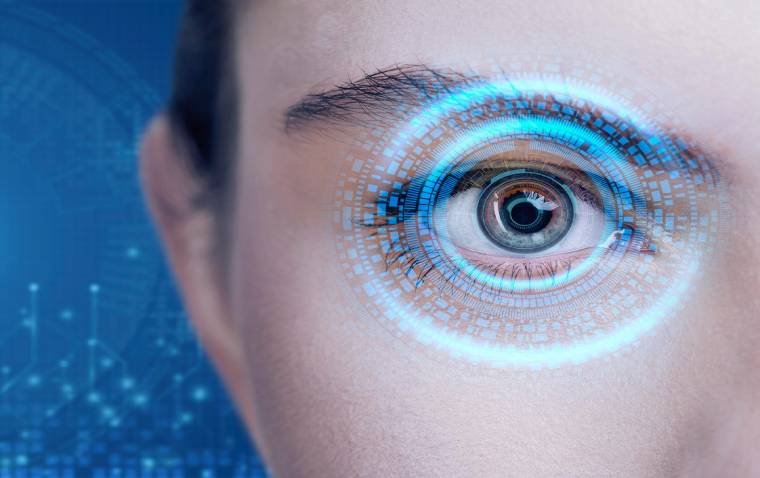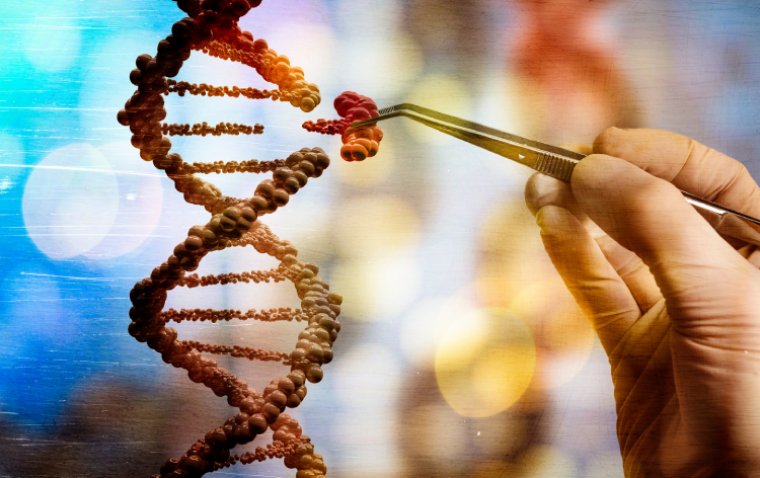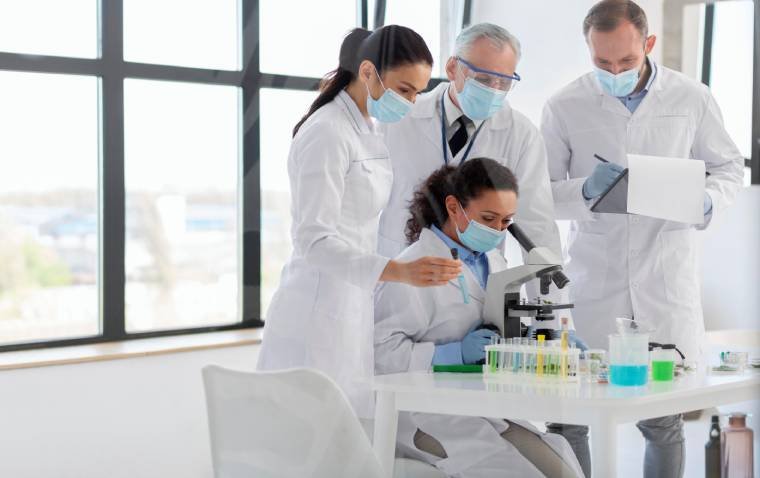
Mayo Clinic Researchers Develop 3D Uveal Melanoma Models to Advance Treatment Research
Mayo Clinic researchers have developed patient-derived organoid models to study uveal melanoma, the most common eye cancer in adults. These models aim to provide deeper insights into the disease and support the development of more effective treatments to address the current lack of therapeutic options.
Organoids: A New Tool for Personalized Cancer Research
Organoids are three-dimensional (3D) models grown from patient tissue, replicating the unique genetic and biological characteristics of an individual’s tumor. Often referred to as "avatars", these organoids respond to treatments in the lab (in vitro) similarly to how the original tumor would inside the body (in vivo).
The Challenge of Uveal Melanoma Metastasis
Uveal melanoma is a particularly aggressive form of cancer, with 50 percent of cases leading to metastasis. Once the disease spreads, prognosis is poor, with an average survival of less than two years. Current treatment options offer limited effectiveness, leaving both patients and clinicians with few viable alternatives.
Dr. Lauren Dalvin, an ocular oncologist and surgeon-scientist at the Mayo Clinic Comprehensive Cancer Center, highlighted the significance of this research:
"The hope is that these patient-derived organoid models better represent human cancer in the laboratory. Using these models as a foundation for drug testing will facilitate new treatment discoveries with higher success rates in clinical trials, ultimately translating to improved outcomes for patients with uveal melanoma."
These findings were recently published in the journal Investigative Ophthalmology & Visual Science.
Overcoming Previous Research Limitations
Historically, research on uveal melanoma has been hindered by a lack of diverse human disease models, limiting the ability of scientists to identify effective treatment targets. Most laboratory studies have relied on a small set of commercially available cell lines, which do not fully represent the genetic and molecular diversity of the disease.
The Development of a Uveal Melanoma Organoid Biobank
To address this research gap, Dr. Dalvin, in collaboration with Dr. Martin Fernandez-Zapico, a cancer biologist at the Mayo Clinic Comprehensive Cancer Center, has developed a patient-derived organoid biobank. This initiative aims to create a research resource that accurately represents the full variability of uveal melanoma.
Key Findings from the Study
The researchers successfully established organoid models using tumor samples collected from ocular oncology patients enrolled in a prospective study from July 1, 2019, through July 1, 2024. The study confirmed that these organoid models:
• Can be generated, stored, and regenerated as a renewable living resource for research.
• Retain key clinical and molecular features of the original tumors, accurately clustering into molecular groups based on validated prognostic markers.
• Serve as suitable models for drug screening, closely resembling human disease in vivo.
A Collaborative Effort to Expand Research
Recognizing the potential impact of this organoid biobank, Mayo Clinic researchers have begun collaborating with other research centers to expand the collection. Their goal is to establish a global resource that represents the full spectrum of epigenomic variability in uveal melanoma.
Implications for Future Treatment Development
By developing a comprehensive platform for drug screening and laboratory research, this biobank has the potential to accelerate the discovery of novel therapies for uveal melanoma. This collaborative effort paves the way for:
• More precise and personalized treatment approaches.
• Increased clinical trial success rates.
• Improved outcomes for patients with this aggressive cancer.
Conclusion
The development of patient-derived 3D organoid models marks a significant step forward in uveal melanoma research. By creating a biobank that mirrors the real-world variability of the disease, researchers at Mayo Clinic are laying the foundation for more effective treatments that could ultimately improve survival rates and quality of life for patients facing this devastating condition.
Reference:
Lauren A. Dalvin et al, Novel Uveal Melanoma Patient-Derived Organoid Models Recapitulate Human Disease to Support Translational Research, Investigative Ophthalmology & Visual Science (2024). DOI: 10.1167/iovs.65.13.60
(1).jpg)
